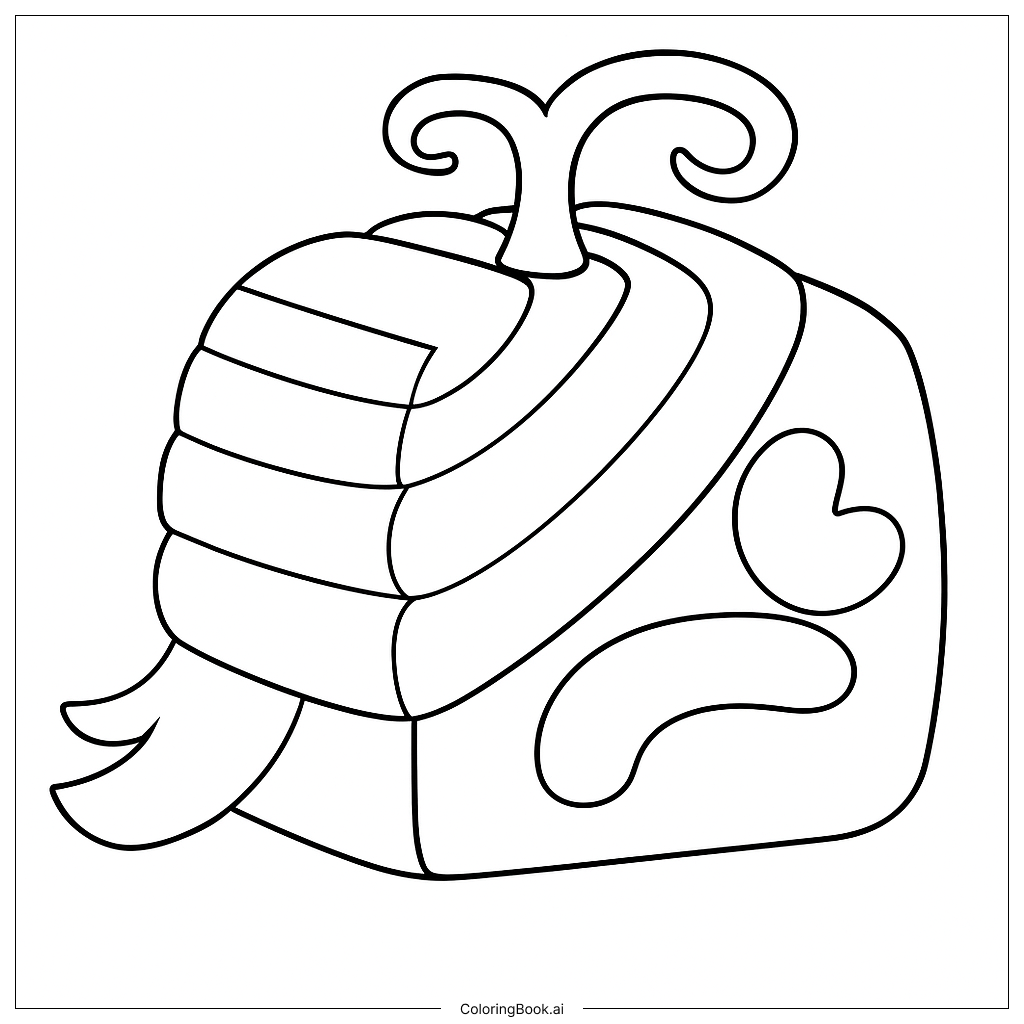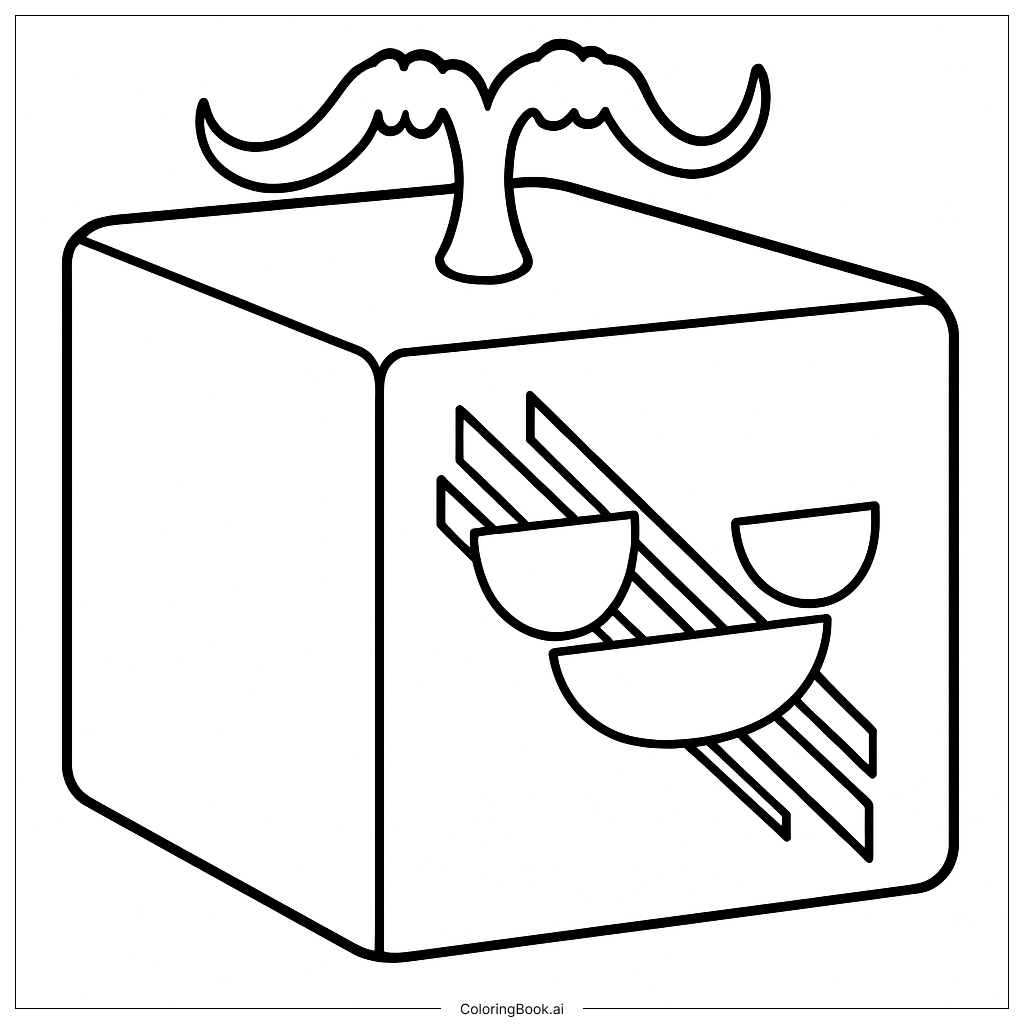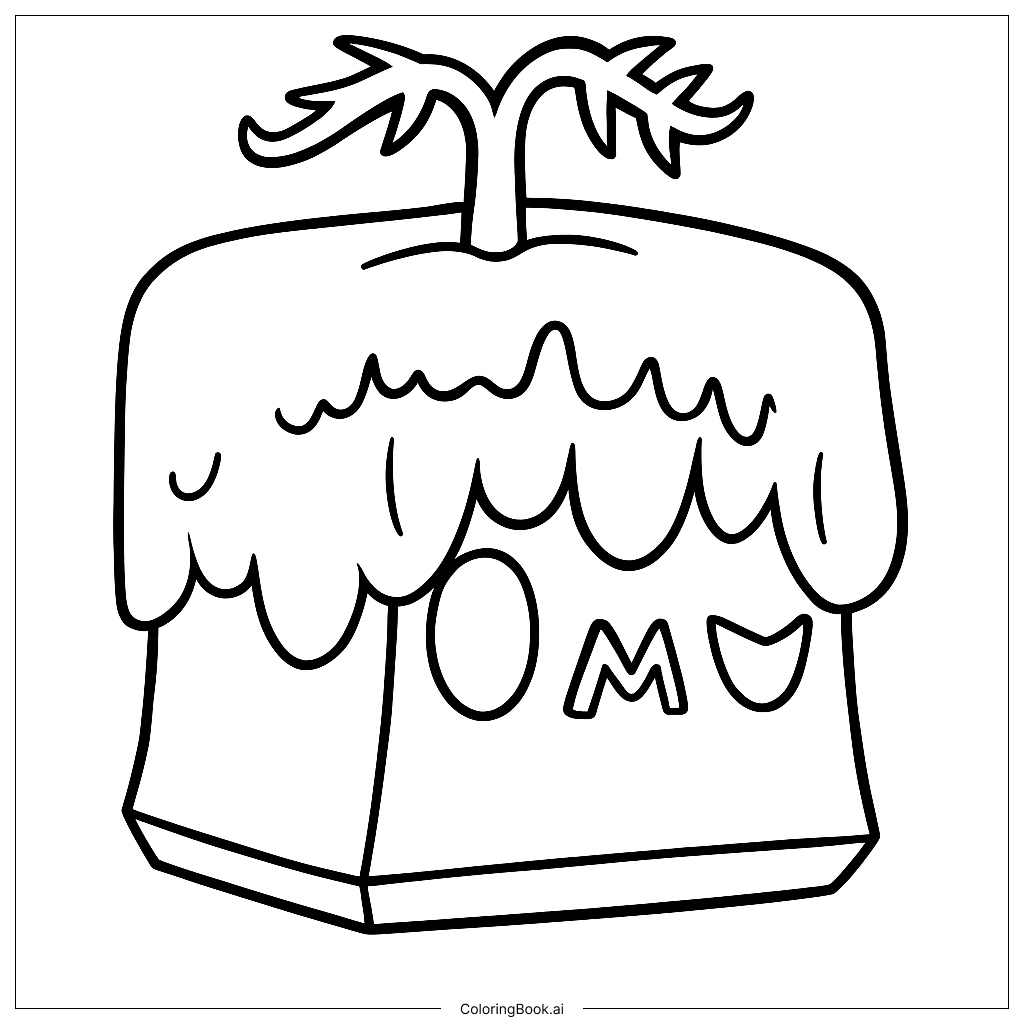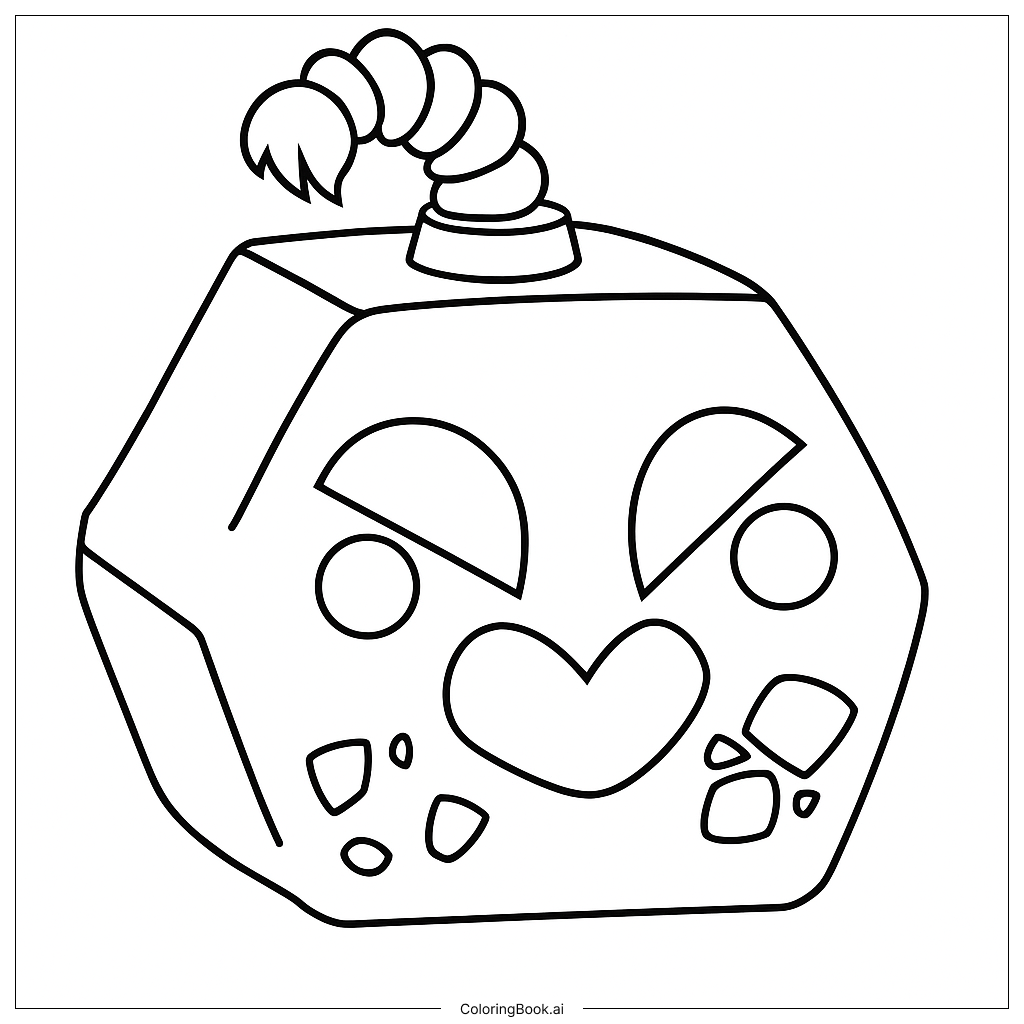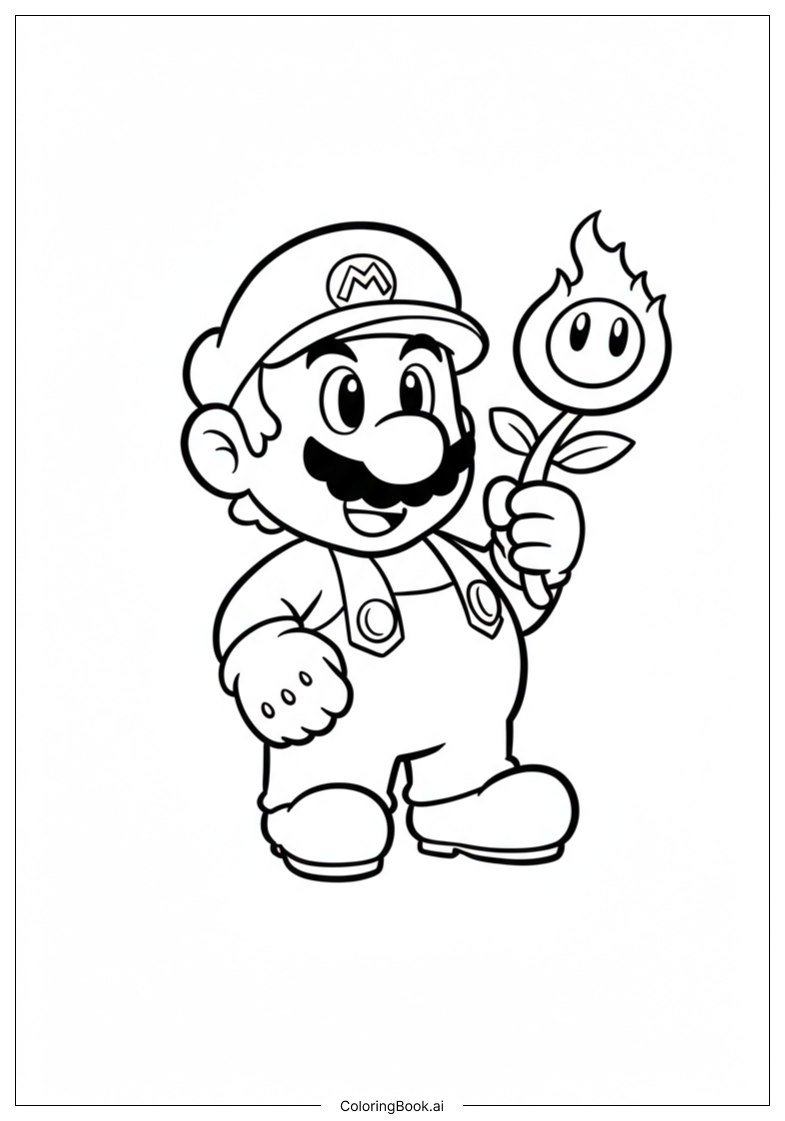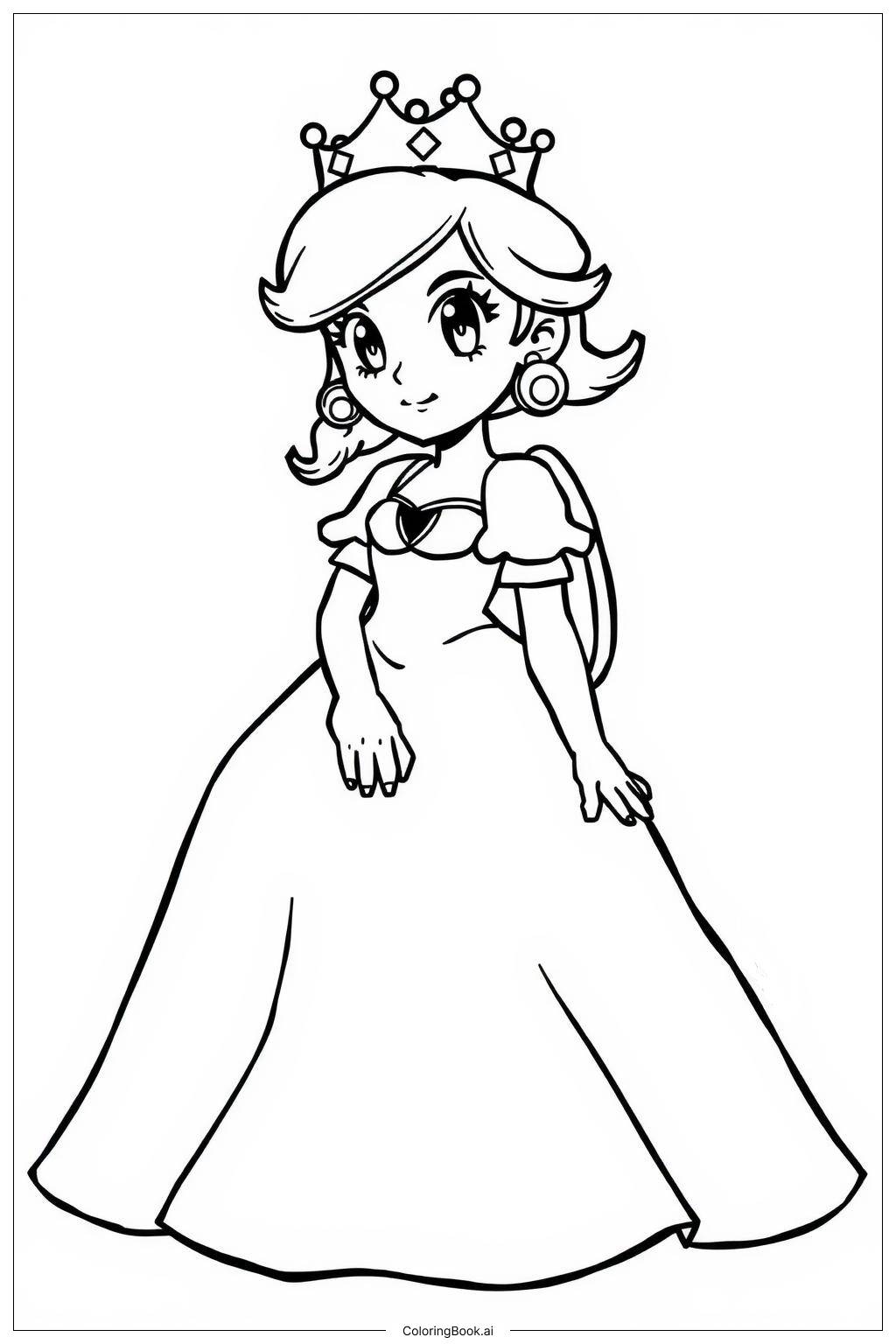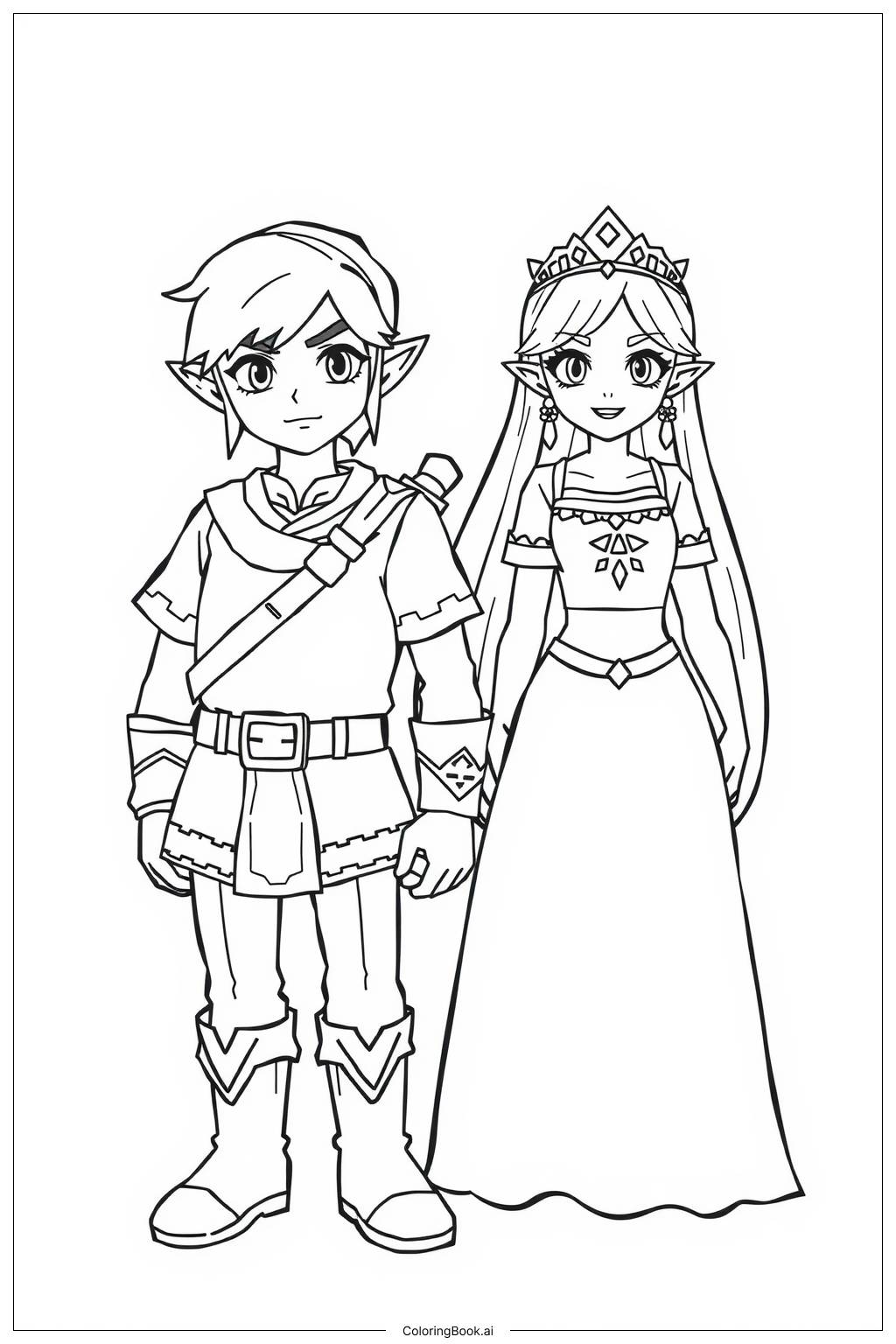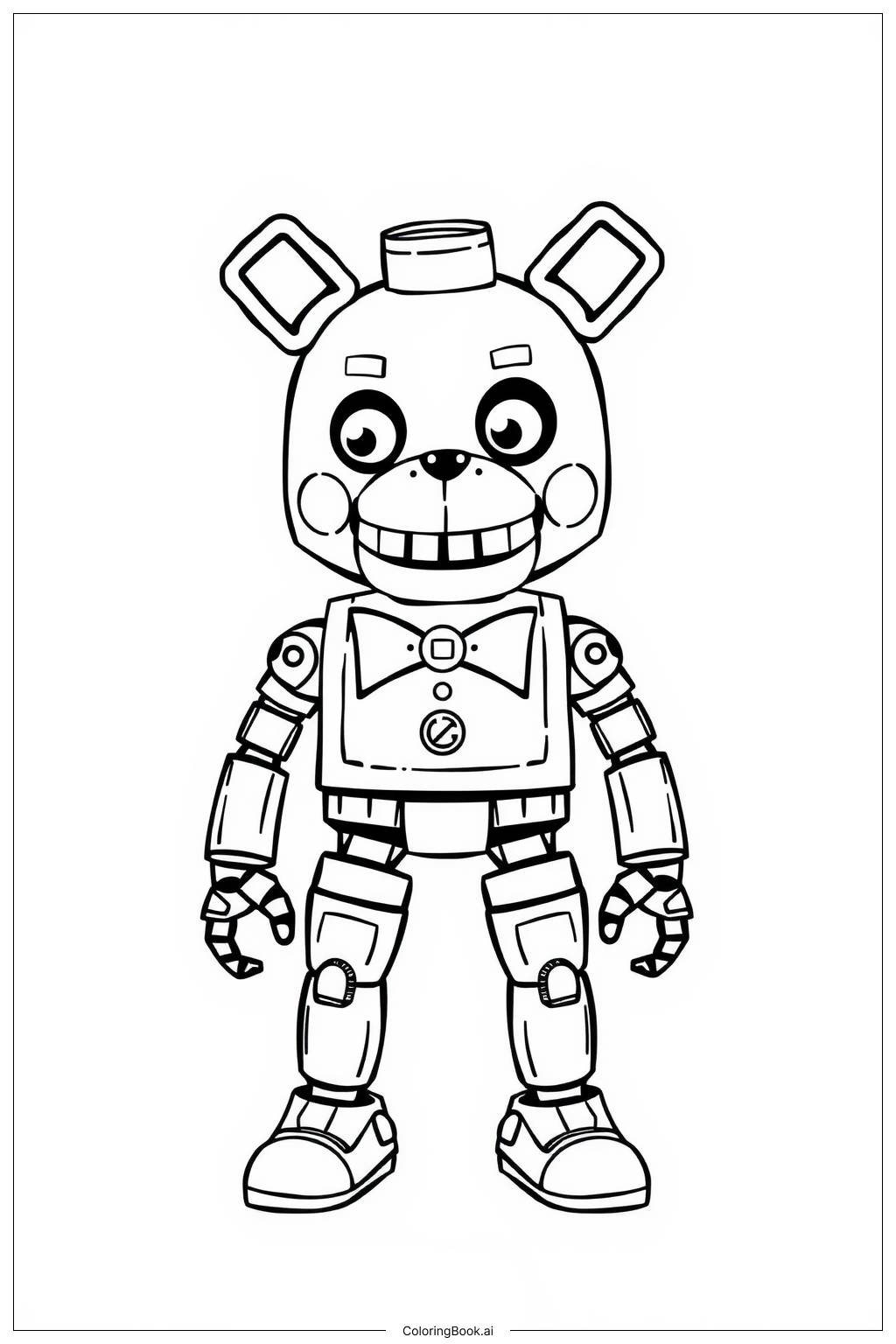Coloring tips: How to color Pain coloring page well?
Use bright and bold colors to make the Pain fruit stand out. You can color the striped part with alternating colors like red and white or blue and yellow. The sections on the sides can be colored using soft, pastel shades or contrasting darker colors to create a fun look. The swirly antennae on top can be colored with a gradient or a solid color to add emphasis. Try mixing warm colors like orange and red for the tongue to give it a lively and vivid look.
Coloring challenges: Which parts are difficult to color and need attention for Pain coloring page?
1. The curved lines and swirls require careful coloring to stay inside the shapes without crossing the edges.
2. The blocky and rounded mix of shapes means some areas are small and others are large, needing different coloring techniques.
3. Choosing colors that match well together can be challenging because there are many sections to fill.
4. The antennae shapes at the top are tricky because of their curves and thin designs.
5. Balancing bold and soft colors can be hard but is important to make the picture attractive.
Benefits of coloring books: Advantages of drawing Pain coloring page
Coloring this Pain fruit picture helps children improve their hand-eye coordination by practicing careful strokes within the lines. It also encourages creativity by allowing them to choose and mix colors. The different shapes help develop focus and attention to detail as they color the small and large parts. This activity is relaxing and fun, giving children a sense of achievement when they finish. Coloring also strengthens fine motor skills, which are useful for writing and drawing.
